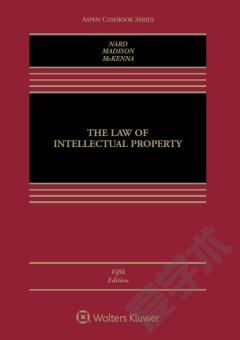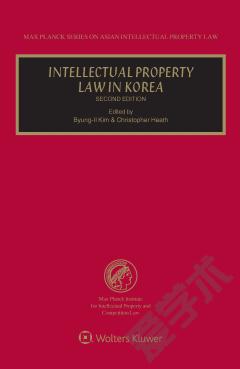Intellectual Property Law in Asia
Rather suddenly (since 1990 or so), intellectual property rights have asserted their legal presence in countries throughout Asia. However, even though the TRIPs agreement has in many cases been the catalyst their legal framework has come with complex, inescapable influences from Asian history, including religious factors, traditional bureaucracies, and the heritage of colonialism and communism. More often than not, it is these distinct cultural aspects that continue to raise difficulties for business people and their counsel as they seek to protect their intellectual property rights in these vibrant growing markets.Here at last is a country-by-country survey of the essentials of intellectual property law in the developed and developing nations of eastern and southern Asia. Separate chapters, each written by an authority or authorities in the law of the country he or she covers, clearly explain the intellectual property law regimes in China, Taiwan, Hong Kong, Macao, Japan, Korea, Vietnam, Singapore, Malaysia, Thailand, The Philippines, Indonesia, and India. Each country chapter focuses on the following issues:? current legal instruments and applicable international treaties and agreements? crucial historical considerations? institutions? reform measures? patents, utility models, and designs? trade marks, appellations of origin, and domain names? unfair competition, passing-off, protection of well-known marks, and trade secrets? copyrights, including neighbouring rights and database protection? licensing and technology transfer? enforcement procedures.A few more general chapters elucidate legal culture in Asia, particularly as it relates to intellectual property rights. The harmonisation of intellectual property law that is under way in the ASEAN countries is given special attention. An extensive annotated list of websites and other references concludes the book.Intellectual Property Law in Asia is sure to prove itself as the first stop for lawyers and investors planning strategies involving the leading Asian markets, and will also be a valuable resource for academics researching the nature and extent of intellectual property protection in Asia today.
{{comment.content}}








 京公网安备 11010802027623号
京公网安备 11010802027623号